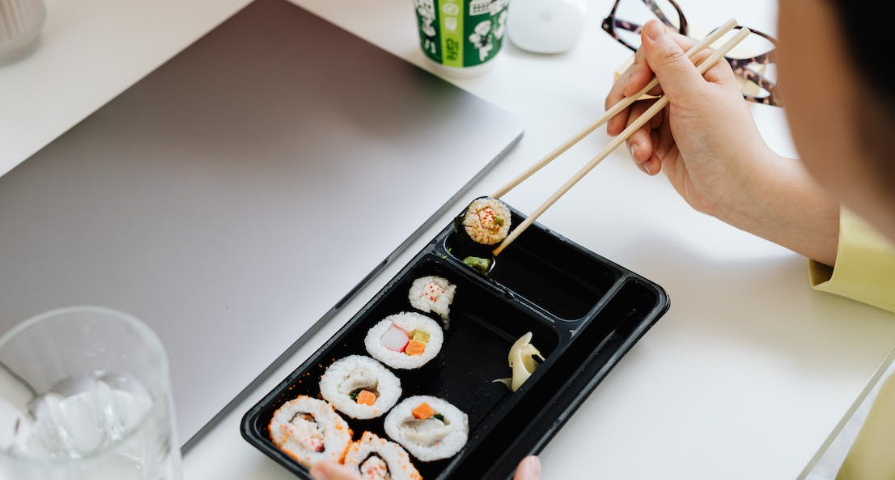In the ever-evolving world of food safety and sustainability, one topic that continually garners attention is the packaging used to protect and present our food products. Amidst the plethora of options, an increasing number of consumers and businesses are turning towards environmentally friendly solutions. This shift not only reflects a growing environmental consciousness but also a recognition of the long-term benefits that sustainable practices bring to our planet.
The Evolution of Food Packaging
Historically, food packaging has primarily focused on function: protecting food from contamination and extending its shelf life. However, this focus has often come at a significant environmental cost. Traditional packaging materials like plastics and styrofoam, while effective in preservation, pose substantial challenges in terms of waste management and ecological impact. This is where the concept of sustainable packaging comes into play.
Biodegradable Materials: A Game-Changer
A key player in this sustainable packaging revolution is eco-friendly food packaging solutions. These materials are designed to break down more quickly and safely in the environment, often with the help of microorganisms. Unlike conventional plastics, which can take centuries to decompose, biodegradable packaging offers a more earth-friendly alternative, reducing landfill waste and the release of toxic substances into the environment.
The Benefits of Going Green
Switching to biodegradable packaging isn’t just about reducing environmental harm; it’s also about embracing a more sustainable business model. Companies that adopt these practices often find a positive response from consumers who value ecological responsibility. This consumer preference can translate into increased brand loyalty and a stronger market position.
A Global Perspective
Around the world, governments and organisations are increasingly recognising the importance of sustainable packaging. In Australia, for instance, there is a growing movement towards reducing plastic waste, with several initiatives aimed at promoting the use of biodegradable materials. This global shift is not just a trend but a necessary step towards a more sustainable future.
The Cost Factor
One common concern about switching to biodegradable packaging is the cost implication. While it’s true that eco-friendly materials can be more expensive upfront, they offer long-term savings. Reduced waste management costs, improved brand image, and alignment with environmental regulations can all contribute to a healthier bottom line over time.
Educating Consumers: The Key to Change
For sustainable packaging to become mainstream, consumer education is crucial. People need to understand the benefits and importance of using biodegradable packaging. By learning about the environmental impact of their choices, consumers can make more informed decisions, driving demand for sustainable options.
Looking Ahead: The Future of Food Packaging
The future of food packaging lies in innovation and sustainability. As technology advances, we can expect to see even more effective and affordable biodegradable packaging options. This evolution will play a crucial role in shaping a more sustainable food industry and a healthier planet.
In conclusion, the shift towards eco-friendly food packaging solutions is not just a passing trend but a vital step towards a more sustainable and responsible approach to food packaging. By embracing these materials, businesses and consumers alike can contribute to a healthier environment and a more sustainable future.
For those interested in learning more about the broader environmental impact of packaging choices, a valuable resource is the article on global recycling practices. This topic provides insights into how different countries are managing waste and recycling, offering a broader perspective on the environmental challenges and solutions related to packaging.


